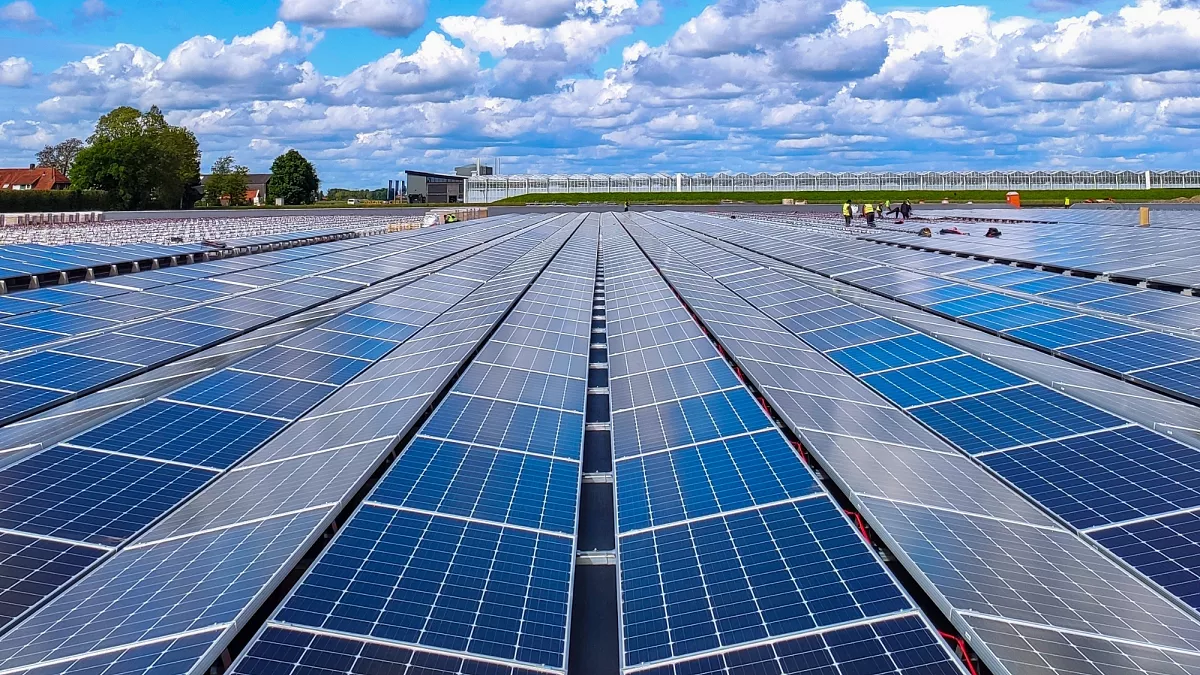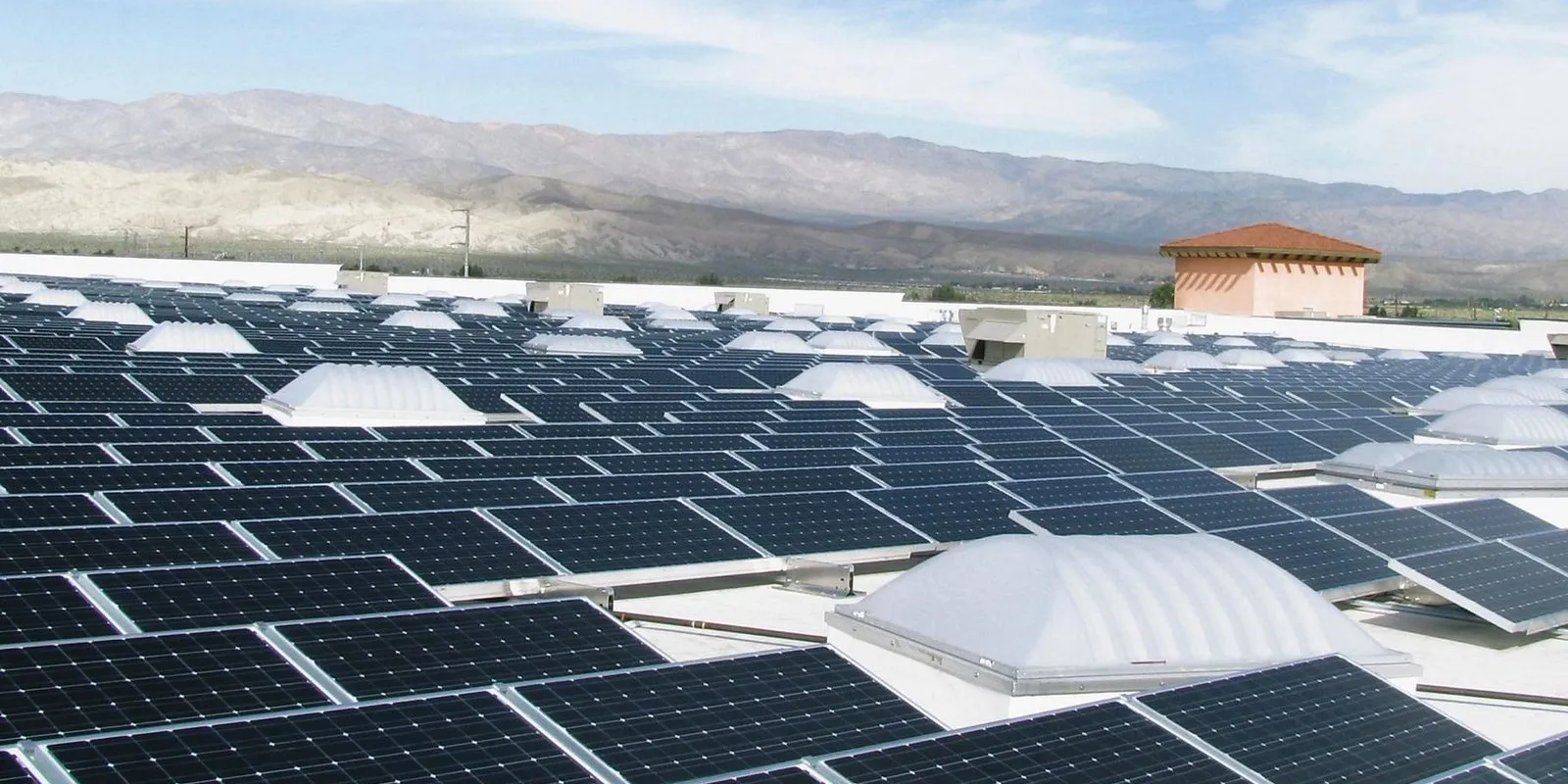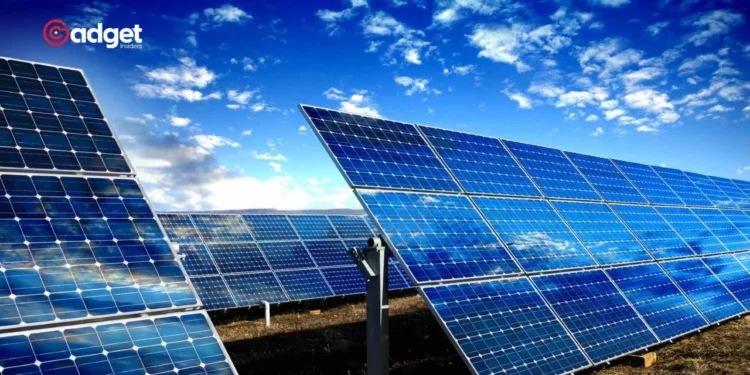The solar energy sector, long hailed as a beacon of sustainable progress, is now navigating through its most turbulent period. The recent string of bankruptcies underscores a distressing trend that could reshape the future of renewable energy.

A Sobering Reality: The Collapse of iSun Solar Service
iSun, one of the largest solar service providers in the United States, has succumbed to the pressures of the volatile market, declaring Chapter 11 bankruptcy.
The company, which specializes in solar, storage, and electric vehicle infrastructure, made the announcement in the U.S. Bankruptcy Court for the District of Delaware in Wilmington, revealing plans to sell its assets to its bridge loan provider, Clean Royalties. This move comes as a strategic effort to preserve the company’s operations, inviting higher and better offers in the process.
This decision is part of a broader narrative that has seen 53 solar companies shut their doors for good from early 2022 to mid-2024, with an additional 14 major companies opting for either Chapter 11 reorganization or Chapter 7 liquidation. This data, sourced from SolarInsure, a provider of solar energy system warranties, paints a grim picture of the sector’s health.
The Financial Quagmire at iSun
The financial turmoil at iSun began post their business combination merger in 2021, which has led to consistent annual losses. CEO Jeffrey Peck highlighted the company’s dire financial situation in court documents, noting a staggering weekly deficit of $250,000. The company reported a net loss of $53.8 million in 2022 and $19.4 million in 2023, with a forecasted loss of $10 million for 2024.

These losses are compounded by significant debts exceeding $49 million, with major components including $9.8 million in long-term debt. The company’s attempts to stabilize have been hampered by rising interest rates, which have not only increased the cost of capital but also hindered the ability to finance customer purchases on favorable terms.
The Role of Clean Royalties and the Future of iSun
Clean Royalties, an affiliate of Houston-based Siltstone Capital, has stepped in as the stalking horse bidder in what is termed a Section 363 sale. They have committed to providing $4 million in debtor-in-possession financing to keep iSun operational during the bankruptcy proceedings.
This strategic move by Clean Royalties could serve as a lifeline for iSun, potentially allowing the company to continue its mission of providing renewable energy solutions amidst financial restructuring. However, the success of this endeavor will largely depend on the ability to attract higher bids and navigate the complex landscape of bankruptcy laws.
Wider Impact and Industry Implications
The collapse of iSun is not an isolated event but a symptom of larger challenges facing the solar industry. Factors such as aggressive competition, mismanagement, and external economic pressures like interest rates have all played a role in the industry’s struggles.

The industry’s turbulence has wider implications for the renewable energy sector’s credibility and reliability. Investors and consumers alike may begin to question the stability of solar as a viable alternative to traditional energy sources.
The story of iSun is a cautionary tale of what can happen when market realities clash with high aspirations in the green energy sector. As the industry moves forward, it will need to address these systemic issues to regain stability and continue its mission of global energy transformation.










